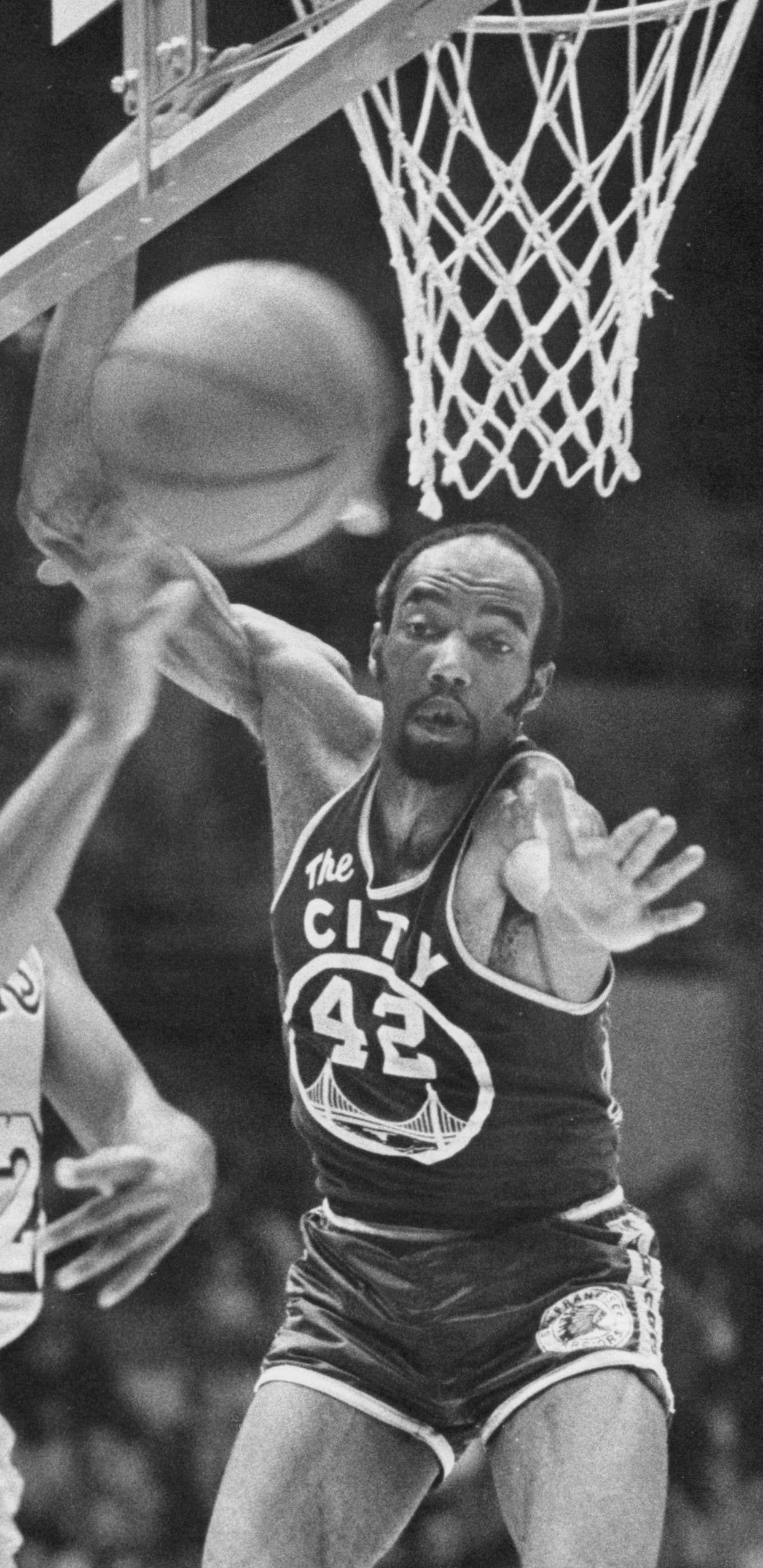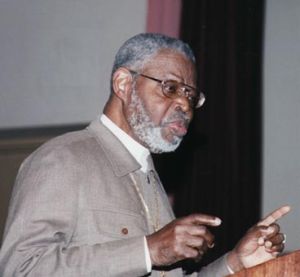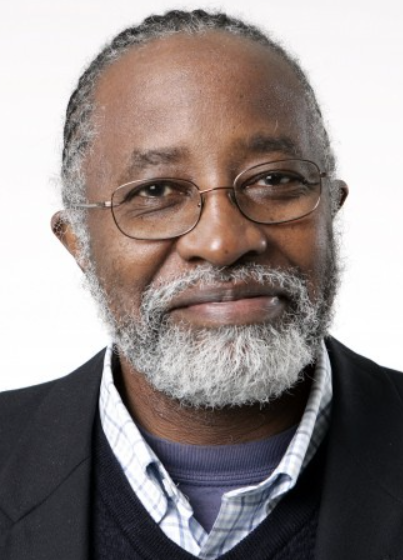The Fort Des Moines Provisional Army Officer Training School was a military base and training facility located on the south side of Des Moines, Iowa. During World War I it was the training facility for the first large group of African Americans officers to serve in the U.S. Army. Fort Des Moines was built in 1901 and opened in 1903 with the arrival of the all-black 25th Infantry prisoner guard. The 11th Cavalry (white) arrived in 1904, the 2nd Cavalry (white) arrived in 1907, and the 6th Cavalry (white) arrived in 1910.
In 1917, the first officer black candidates arrived at Fort Des Moines. They were 1,000 black college graduates and faculty from Howard, Tuskegee, Harvard, and Yale universities. Around 250 non-commissioned officers (sergeants) from the army’s four black standing units including the 9th and 10th Cavalry Buffalo Soldiers and the 24th and 25th Infantry, also attended the camp to train as officers. Thus the 17th Provisional Training Regiment was made up of these 1,250 candidates.
Lieutenant Colonel Charles C. Ballou was assigned commander of the African American soldiers. Many people believe the Ballou got the job because of his race (white) and his political connections. They thought African American West Point graduate Colonel Charles Young, then the highest-ranking black officer in the Army, should have gotten the position. Instead, Young was forced to retire from the Army allegedly because of his high blood pressure.
After the race riot in East St. Louis, Illinois Ballou organized a White Sparrow Patriotic Ceremony at the Drake University Stadium in July 1917. During the event, black cadets marched and sang negro spirituals before a crowd of 10,000 spectators. There were several important leaders among the cadet class in Fort Des Moines including Elder Watson Diggs, co-founder of Kappa Alpha Psi Fraternity in 1911 and Frank Coleman and Edgar Love who were among the founders of Omega Psi Phi Fraternity that same year. Cadet lawyers included Samuel Joe Brown, Charles Howard, and James Morris later became co-founders of the National Bar Association in 1925.
On October 15, 1917, 638 captains and lieutenants received their commissions and were dispatched for basic training at military camps across the U.S. In June 1918, the Fort Des Moines officers were reunited at Hoboken, New Jersey for transportation to France and to prepare combat against Germany. They were assigned to the 3rd Battalion, 92nd Division of the American Expeditionary Force. The officers and the Black men they commanded fought across France and particularly in the Meuse-Argonne sector.
They also participated in the final battle of World War I which took place at Metz, France. For the first time in United States history, a black regiment under the command of black officers from Fort Des Moines led the attack in the major battle. The 92nd fought alongside the American 56th Regiment and French 8th Army against the Germans.
In 1919, the Fort Des Moines officers returned to the United States where they were often greeted by racial violence that was occurring across the nation during the Red Summer of 1919. Despite this, the Black officers had shown their bravery in combat. In 1997, the grandson of Cadet James Morris founded a memorial park called the Fort Des Moines Memorial Park.




















